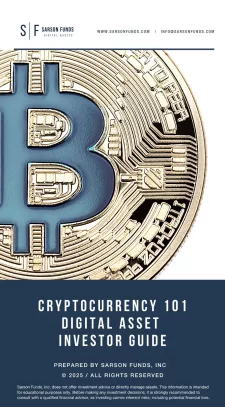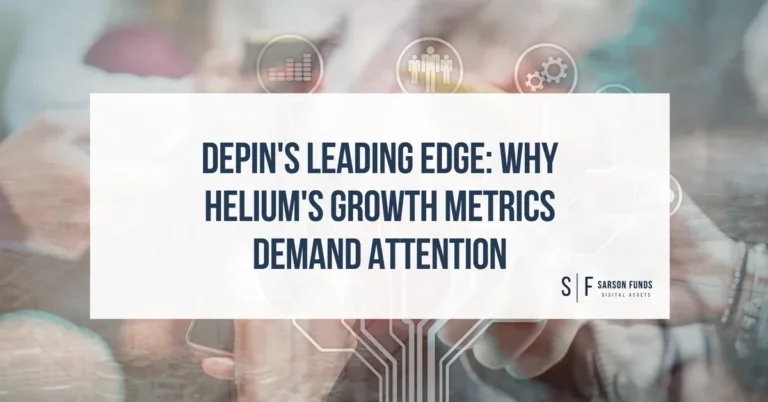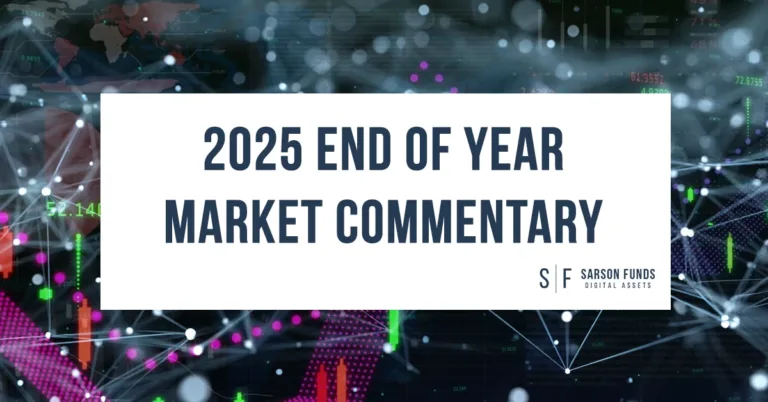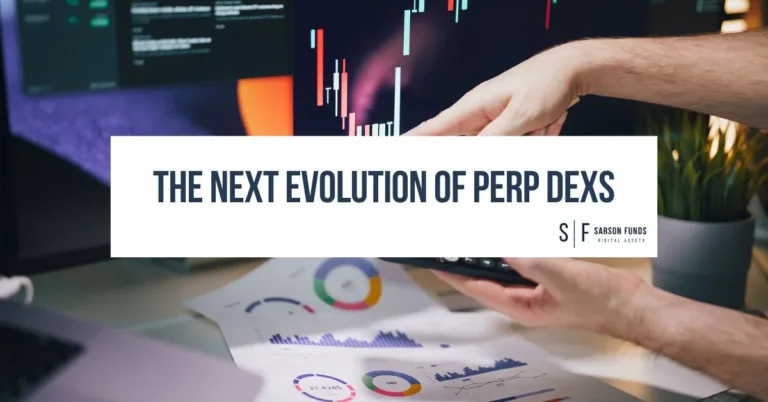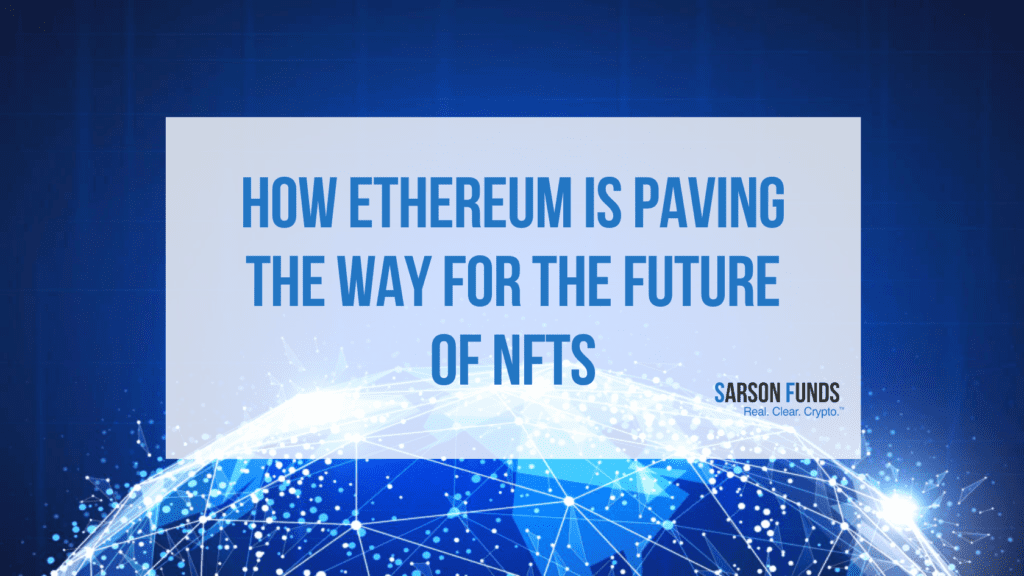
For those of you who find yourself venturing into the world of cryptocurrency, you’ve heard the basics. Bitcoin is the most common cryptocurrency in this industry, and while its capabilities are spectacular, we wanted to redirect readers’ focus to the importance of Ethereum, specifically highlighting how it allows for the growth and development of NFT’s. Now, whether or not you have heard the name, this blockchain has proven to play an integral role in shaping the crypto markets today and is a name you should certainly be aware of.
What is Ethereum?
Ethereum is an open-sourced blockchain that was created in July 2015 to support decentralized applications and smart-contract functionality. It was created to expand upon Bitcoin’s capabilities by introducing the usage of smart contracts. Its system is entirely autonomous as well, encouraging users to create decentralized apps (dApps). Ethereum’s non-fungible token standard, ERC-271, is the blockchain used to power NFTs.
What is an NFT?
You may have heard the term “NFT” passed around from time to time and question what exactly that means. NFTs, also known as ‘Non-fungible tokens, are extremely unique digital assets that can tokenize anything from a collector’s item such as baseball cards to intangible items such as a domain name. Remember those Pokemon cards you used to save as a kid or that Babe Ruth rookie card people only dreamed they could come across? Well, those are what we call Non-fungible items because they can not be interchanged for another of their kind. So, a non-fungible token is a digitized non-fungible item on the blockchain that tracks the changing ownership and value of this digital non-fungible over time. To put it into perspective, an example of a fungible item is the U.S. Dollar bill or an ERC-20 token – their values are both interchangeable in terms of value and usage.
How does Ethereum play a role?
Ownership of these tokens is distributed via the Ethereum blockchain. Ethereum allows for the reduction of the middle man as Ethereum addresses allow for direct connections between creator and purchaser. The Ethereum blockchain also allows individuals to trace back to see who the previous owners of the NFT were, and at which price, allowing one to see firsthand how the creator’s work was valued overtime in the progression of their NFT’s value. This can be thought of in the same way as a record of the first person to own van Gogh’s “Starry Night” or the Beatles’ autographed copy of ‘Abbey Road.’ The Ethereum platform makes these transactions possible by storing the data securely through their blockchain technology and recording the information via smart contracts.
Why is this intriguing?
The uniqueness component of NFT’s is truly what separates them from other tokens, as they provide a possible solution to the issues stemming from the sales of counterfeit goods. These tokens can be easily identified and verified for legitimacy. That being said, the tokens are not tradable on exchanges, as they contain unique data separate from exchange-traded tokens. In particular, the gaming and art industries have found success in the utilization of NFTs. Popular gaming companies tokenize certain avatars and in-game add-ons to make profits. For example, a $270,000 digital cat that was sold as an NFT by CryptoKitties’ Dragon. Aside from gaming, the value of certain digital assets such as Twitter handles, domain names, merchandise, art, music, and more propel immense monetary benefits that people often overlook. This is attributed to the scarce quantity of these assets and their inability to be duplicated. This is something that has been lacking in the digital industry as the masses have access to all sorts of information, yet have not been able to own it themselves, whereas now, the select few who are willing to pay, can.
What does this mean for the future?
Since the first NFT launch in 2017, the market has shown strong and consistent growth. With the current total market spend at about $207 million it has not taken long for people to see the value in these digital assets. With the indication that Ethereum’s‘ layer 2’ scaling will make its debut in the near future, these transactions will be both faster and cheaper. Many creators are beginning to tip the iceberg into exploring the possibilities of NFTs value in the music industry as well. Artists now have the ability to monetize in the digital space, not only their work but their merchandise, tickets, and even more, driving up rightful value and alluding to a new exclusivity factor and status from digital ownership. We are also likely to see music festivals, where your ticket appears in a unique QR code based NFT, proving the ownership of the ticket and the validity of their purchase upon entry. As more creators realize the capabilities, they will gain from tokenizing their work, brands, art, games, and more, the world of NFTs will likely transform into a collector’s digital haven.
By Abigail Almonte
Disclosures: Not investment advice. It should be assumed that Sarson Funds or its affiliated managers hold positions in all projects that are discussed. It is not possible to invest in any project directly through Sarson Funds, Inc. or its affiliated managers. Any investment product offered by managers affiliated with Sarson Funds should be assumed to be only available to Accredited Investors and subject to the individual terms and conditions of that offering including but not limited to those eligibility requirements associated with U.S. Securities Regulation D, section 506c. Talk with your financial advisor before making any investment decisions or have them contact Sarson Funds directly at [email protected]

